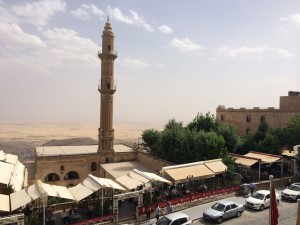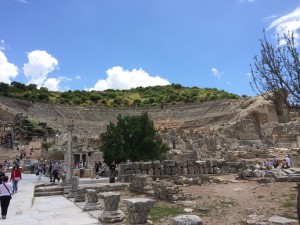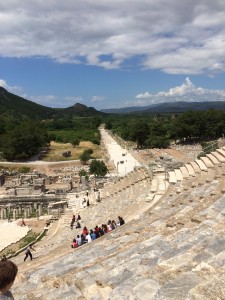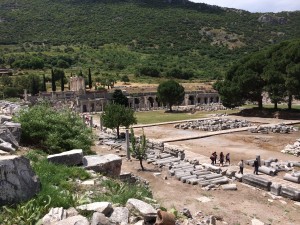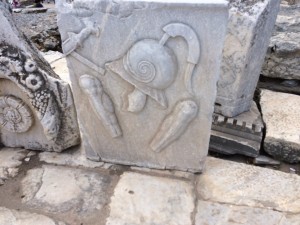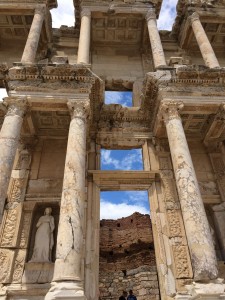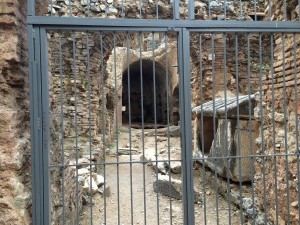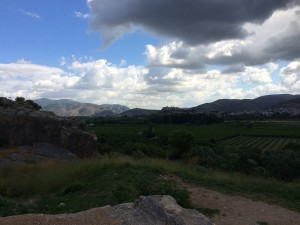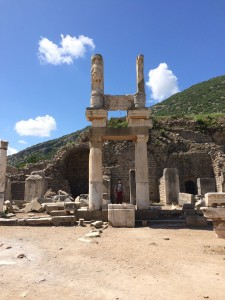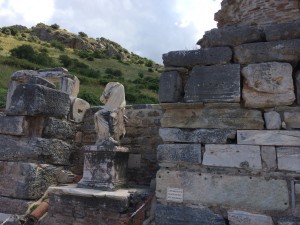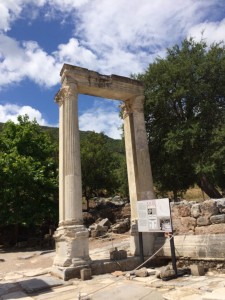Mardin (Kurdish: Mêrdîn, Syriac: ܡܶܪܕܺܝܢ, Arabic/Ottoman Turkish: ماردين Mārdīn, Armenian: Մարդին) is a city in southeasternTurkey. The capital of Mardin Province,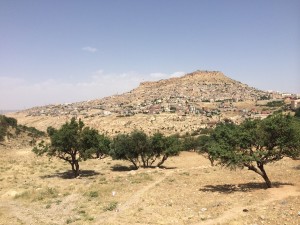
it is known for the Artuqid (Artıklı or Artuklu in Turkish) architecture of its old city, and for its strategic location on a rocky hill near the Tigris River that rises steeply over the flat plains. 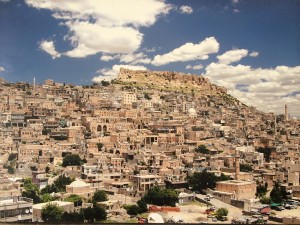
The territory of Mardin and Karaca Dağ was known as Izalla in the Late Bronze Age (variously: KURAzalzi, KURAzalli, KURIzalla), aHurrian kingdom first mentioned during the reign of Tukulti-Ninurta I, c. 1230 BC).[citation needed] The ciry was absorbed into Assyriaduring the Middle Assyrian Empire (1365-1020 BC), and then again during the Neo Assyrian Empire (911-605 BC).[5]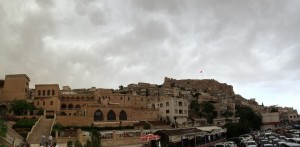
The ancient name was rendered as Izalā in Old Persian and it survived into the Assyrian Christian period as the name of Mt. Izala(Izla), on which in the early 4th century AD stood the monastery of Nisibis, housing seventy monks.[6]
In the Roman period, the city itself was known as Marida (Merida),[7] supposedly from a Syriac–Assyrian name translating to “fortress”.[8][9] The bishopric of the Assyrian Church of the East that was centred on the town when it was part of the Roman province of Osrhoene (a former Neo Assyrian kingdom) became part of the Catholic Church in the late 17th century AD, and is still included in the Catholic Church‘s list of titular sees under the ancient name of the town.[10] It was a suffragan see of Edessa, the province’s metropolitan see.